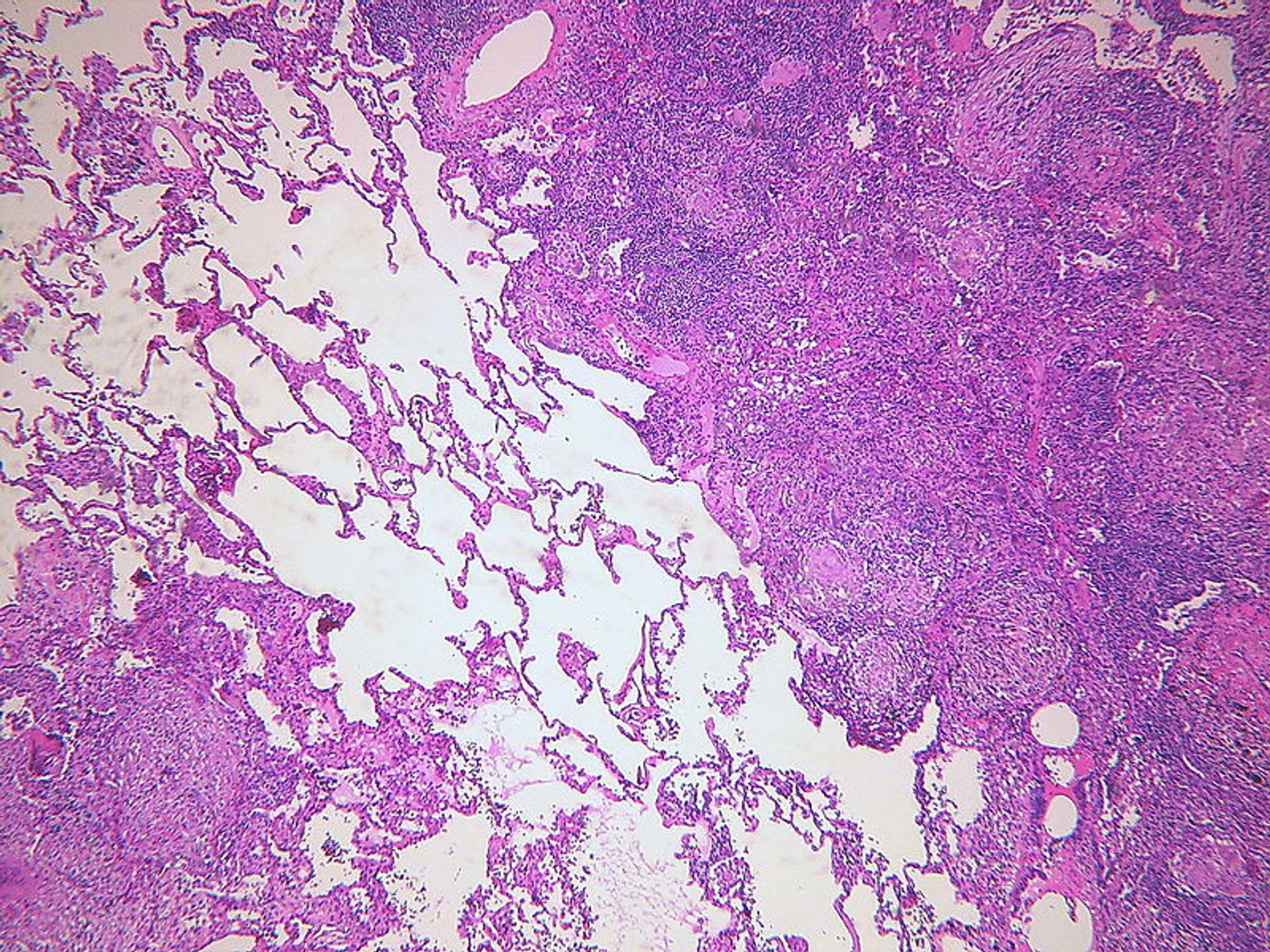Unique Gene Signature in the Blood Indicates TB Diagnosis
A unique series of genes could tell doctors that a person will develop a tuberculosis (TB) infection months before symptoms are visible. From The Francis Crick Institute, scientists discuss their newest discovery of a gene signature identifiable in the bloodstream of people with active TB.
The new discovery comes from the same scientific team that first identified the full blood gene signature for active TB. Their present study is the first to connect a specific gene signature with pre-symptomatic TB. Early detection of an active TB infection provides the potential for clinicians to intervene before TB patients pass the infection to more people.
"Treating active TB before symptoms start could spare patients and their families from unpleasant symptoms, reduce the spread of disease and offer peace of mind to people who are not going to develop active TB," explained senior author Anne O’Garra.
TB is caused by the bacterium Mycobacterium tuberculosis. Infection usually occurs in the lungs, but infections of the kidney, spine, and brain are also common. TB affects approximately two billion people worldwide, but only 10 percent will actually develop active disease as opposed to latent disease. 1.67 million people ultimately die from the infection.
Latent disease is kept at bay via the immune system, with those affected showing no symptoms and running no risk of being contagious. Several specific populations of people are more likely to develop active TB: HIV-positive, infected with TB bacteria recently, babies and young children, illegal intravenous drug users, people with other illnesses, and elderly people. Key symptoms of a developing TB infection include persistent cough, weight loss, fever, and difficulty breathing.
In the present study, scientists investigate a gene signature unique to active TB. Experts from the study define such a signature as “the genes that are more or less active during active TB.”
The study included an analysis of blood samples from 53 TB patients and 108 of their “close contacts.” Researchers followed both groups for more than two years, looking for who did and did not develop active TB. Importantly, researchers also had to ensure that any gene signatures identified were unique to TB and did not show up in the context of other infectious diseases.
"We all know that any viral infections can make us feel unwell for a couple of weeks," O’Garra explained. "This is likely due to our lingering immune response, which is what blood gene signatures will pick up."
O’Garra and the others came up with 20 key genes unique to TB. They found this signature to be preserved in six out of the nine people who developed active TB.
"Being able to track TB patients' contacts and take monthly blood samples gave us a unique insight into how immune responses develop," co-author Dr. Pranab Haldar. "There was a wide variation in the immune response between people, highlighting the limitations of taking a 'one size fits all' approach.”
Going forward, the study scientists will conduct further experiments to validate the key genes as a dependable gene signature for active TB by testing larger groups of people. Researchers hope to learn more about the various immune responses to active TB infection, as well as improve the techniques for testing blood samples for TB.
The present study was published in the journal Nature Communications.
Sources: Centers for Disease Control and Prevention, The Francis Crick Institute









